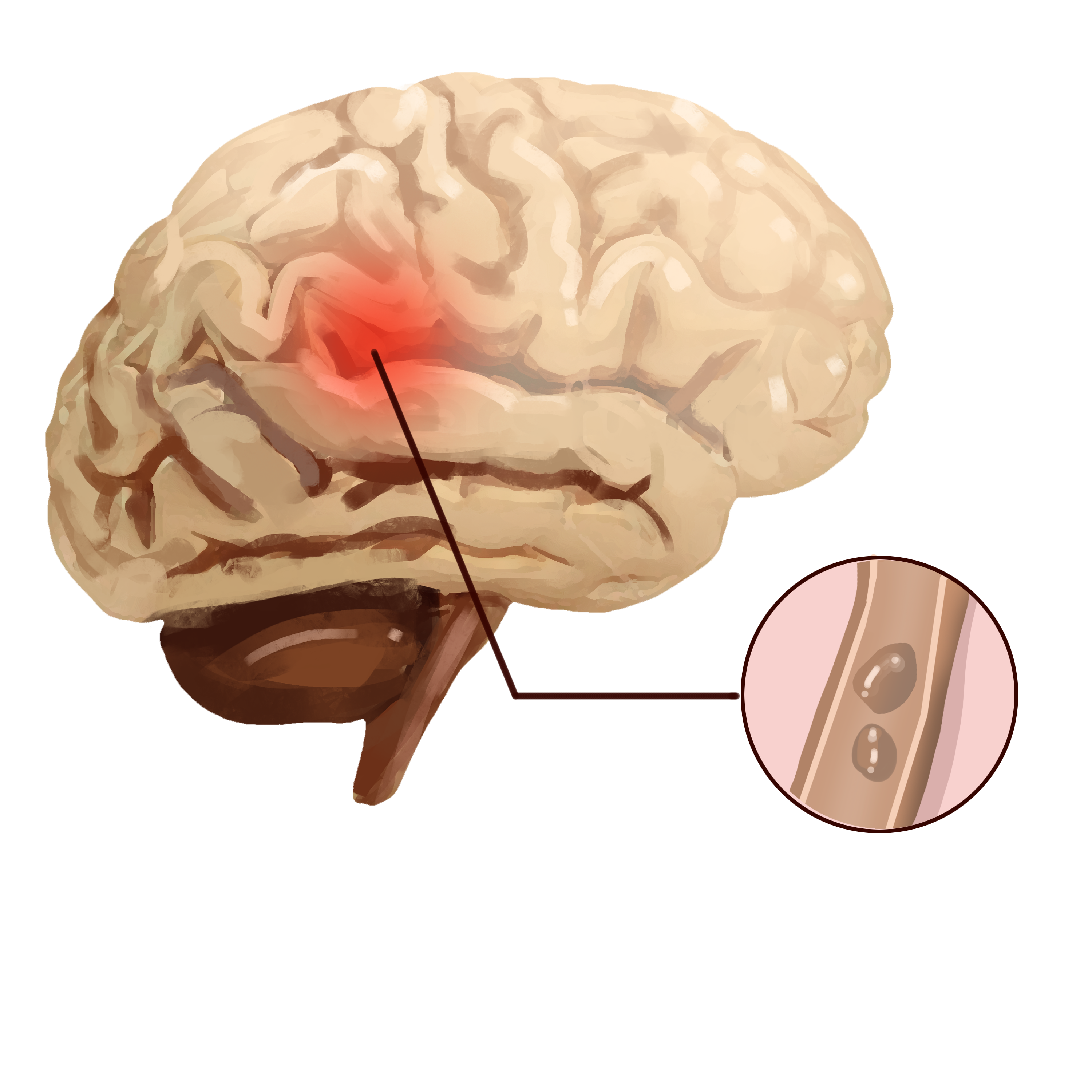Protocol - for autism, hyperbaric oxygen therapy typically uses pressures between 1.3 and 1.5 ATA (atmospheres absolute) with oxygen concentrations ranging from 21% (ambient air) to 100% oxygen, depending on the setup. A common protocol involves 60-minute sessions, administered 5–7 times per week, over a course of 20–40 sessions, though the exact regimen may vary based on individual needs and responses. Lower pressures are favored due to better results for brain and for minimizing risks for children.





